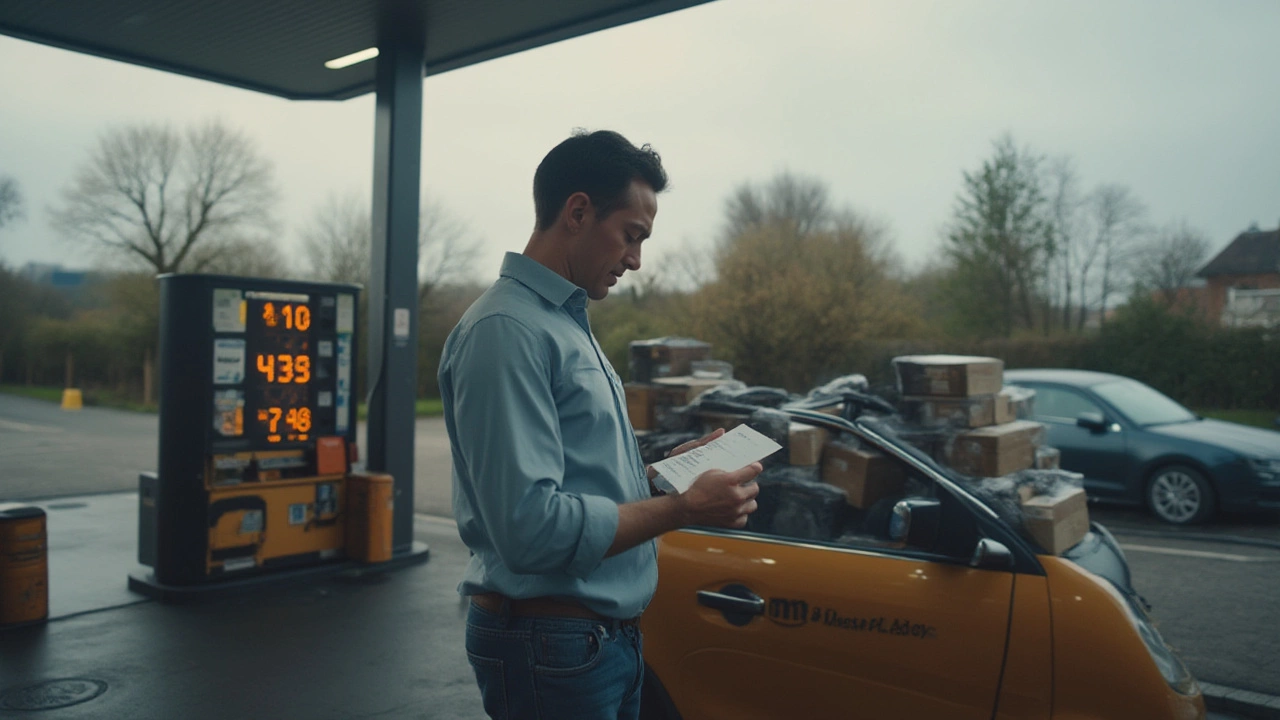Mileage Expenses Made Simple: Track, Claim, and Cut Costs
If you drive for work, your mileage adds up fast and so does the paperwork. Most people think mileage logs are a hassle, but a few easy habits can turn them into a money‑saving tool. Below you’ll find step‑by‑step tips for logging trips, calculating deductions, and getting reimbursed without the usual headaches.
Set Up a Quick Log That Actually Works
Instead of scribbling on napkins, use a dedicated app or a small notebook that stays in your car. Record the date, start and end odometer readings, purpose of the trip, and any stops you made. A quick note like “client meeting – 15 miles” is enough. Most apps let you add a photo of the odometer, so you have proof if the tax office asks.
Stick to one method for the whole year. Consistency makes it easy to total your miles at tax time and reduces the chance of missing a trip. If you drive for both personal and business reasons, separate the entries – you’ll need the split for deductions.
Calculate the Right Rate and Maximize Deductions
In the UK, HMRC sets a mileage allowance rate (currently 45p per mile for the first 10,000 miles, then 25p). Use the rate that matches your distance to figure out the deductible amount. Multiply your business miles by the rate, and you have a figure that can be claimed on your self‑assessment tax return or submitted to your employer.
Don’t forget to include fuel, tyre wear, and insurance in your calculations. Even if your employer already reimburses you, you can claim the difference between what they pay and the official rate. That little extra can add up to a decent refund.
If you work for a company that offers a mileage allowance, check their policy. Some firms cap reimbursements, but you can still claim the shortfall on your tax return. Knowing the official rate and your company’s policy puts you in control.
Finally, keep receipts for any related expenses – fuel tickets, parking fees, and tolls. While the mileage rate covers most costs, you can still claim these as separate expenses if they’re not already included.
By logging trips consistently, using the correct mileage rate, and tracking supporting receipts, you turn every mile into a potential tax break or reimbursement. It’s a small habit that saves real cash, and it only takes a few minutes a week.
Do Amazon Flex drivers get paid for fuel? Here’s all you need to know about gas costs, reimbursements, expenses, and how to make the most out of your Flex shifts.
Jul, 7 2025
